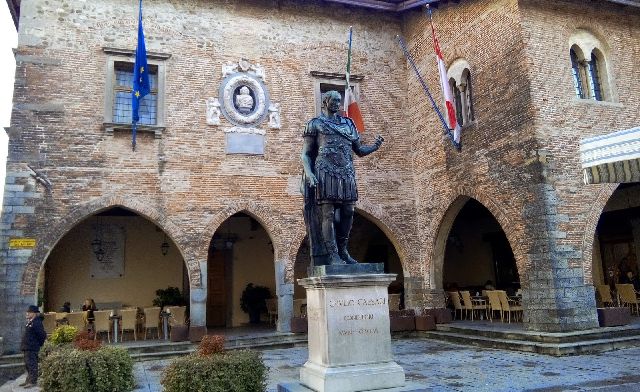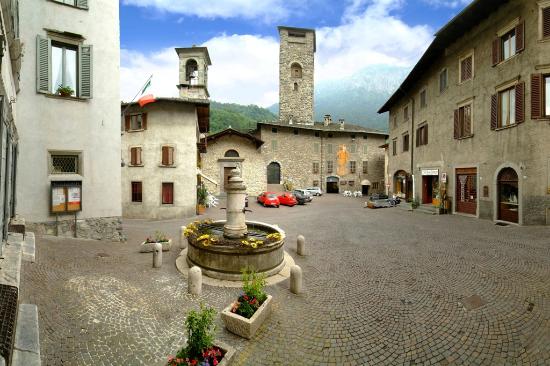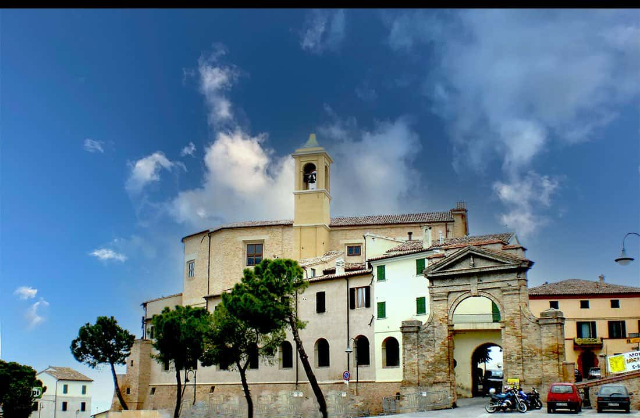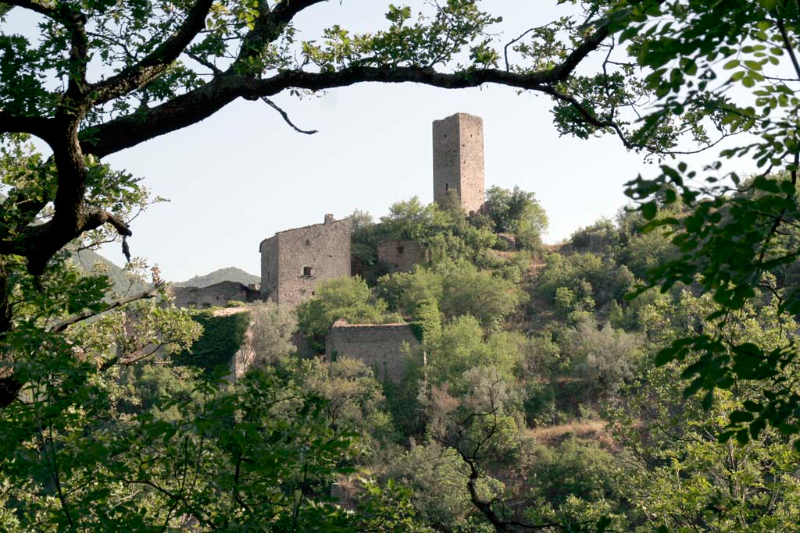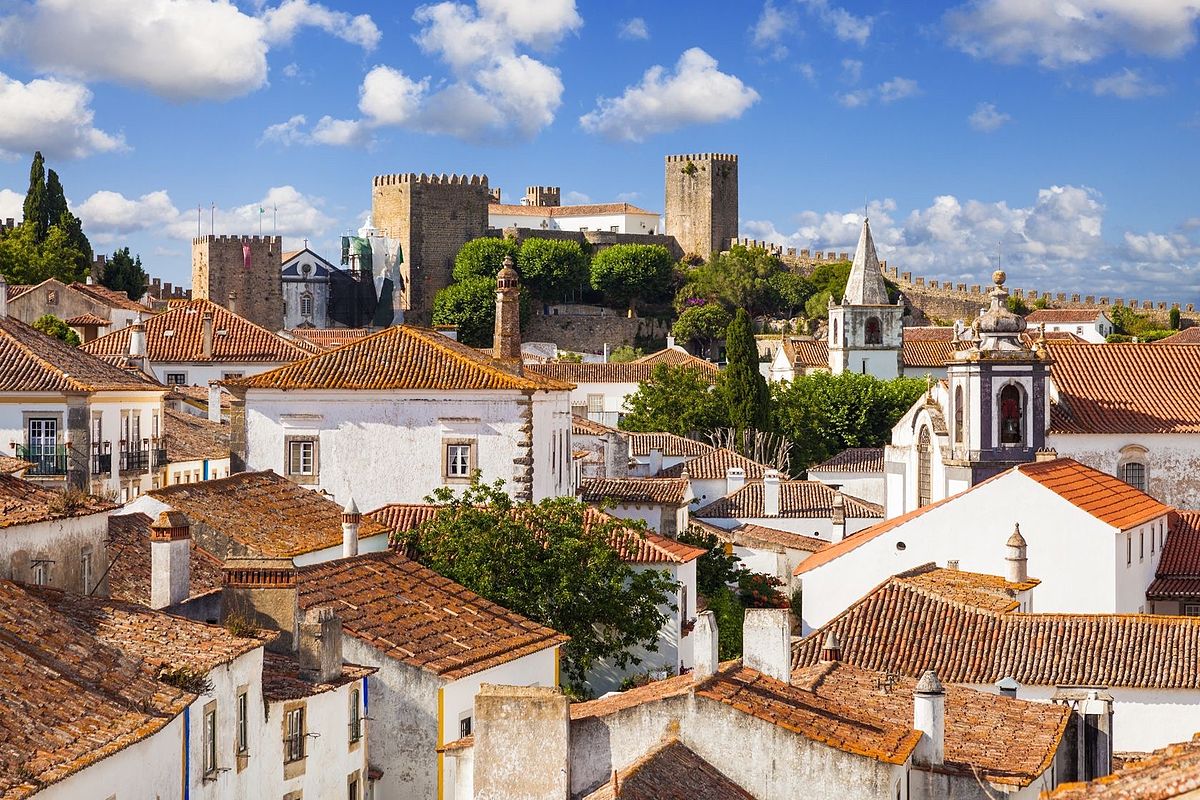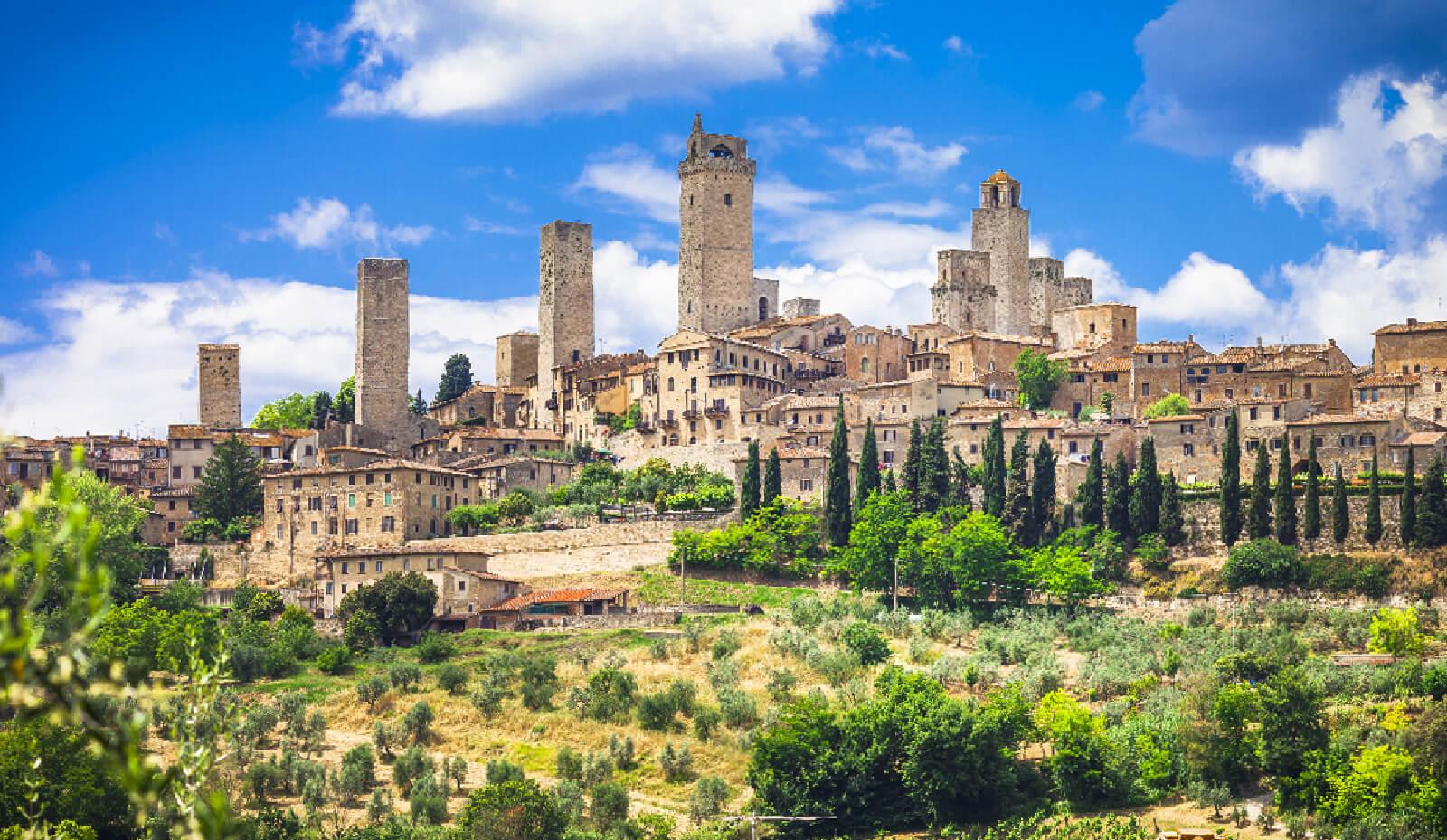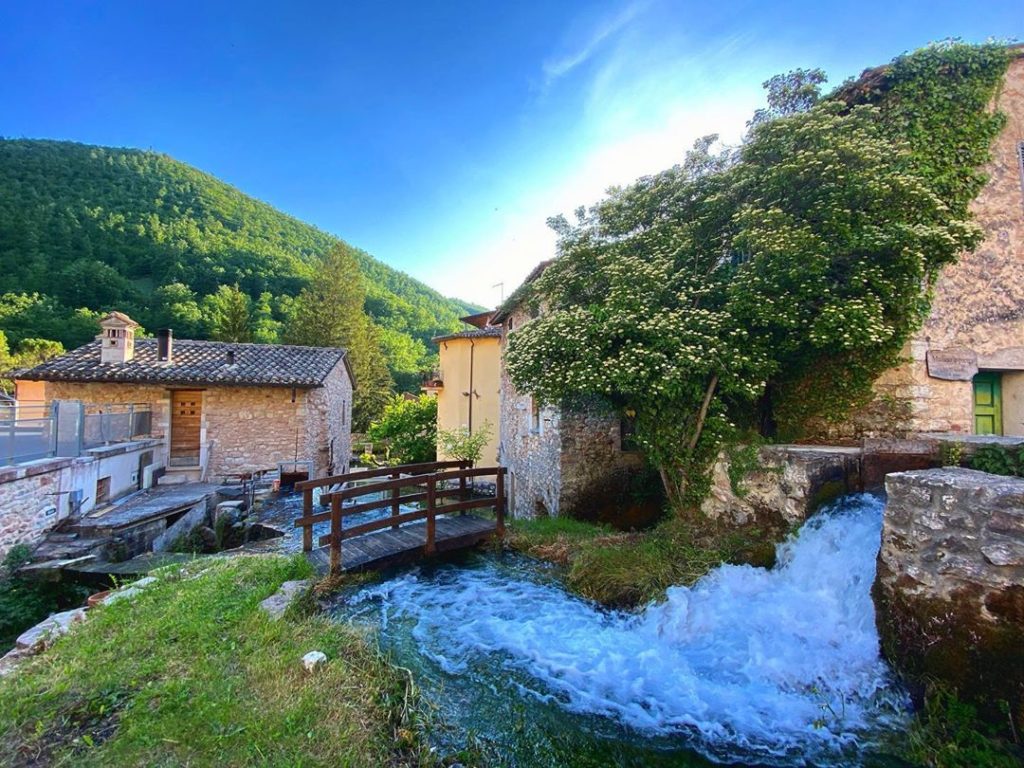Cividale, founded between 56 and 50 BC, was called Forum Julii, in honor of Julius Caesar, who in 49 BC elevated it to Municipium. Later it would have assumed the honorific title of colony and added to the X Regio.
Spared by the Quadi and Marcomanni (167) and by Attila (451), who was aiming at Aquileia, it remained safe until the fall of the Longobards. After the fall of Aquileia, it became the most important center of the region, to the point that its name also indicates the territory of today’s Friuli.
The Lombards on April 2, 568 led by Alboin entered Italy and Forum Julii became the first seat of his duchy. The son of Alboino, Gisulfo, was the first of the seventeen princes who ruled Forogiulio before the coming of the Franks (774).
In 610 it was destroyed by the Avars and every Roman memory disappeared. Under the longobardi the city is called Civitas Austriae, that moreugrave; later on is simplified in Civitas and therefore from Cividât, assumed then the’oggi shape of Cividale. In 737 the Patriarch of Aquileia Callisto settled in Cividale and began a long series of patriarchs with residence in Cividale.
In the spring of 773, Charlemagne at the invitation of Pope Adrian I, descended in Italy, and defeated the Lombards proclaimed himself their king. In 787 Patriarch Sigualdo died and Charlemagne appointed S. Paolino as his successor.
After the decadence of Aquileia, Cividale was the most important patriarchal residence until 1222 when an earthquake damaged it, forcing the Patriarch to move to Udine. The latter was used more and more because it was more central, but Cividale continued to have an eminent place in the history of the region throughout the Middle Ages.
The history of the city was tormented and difficult in the 13th and 14th centuries because of the antagonism with Udine for the supremacy in the Patriarchate and with the Counts of Gorizia, lawyers of the Patriarch, but interested in becoming the real feudal princes of Friuli.
This situation had weakened Friuli and Venice took advantage of it, declaring war on the Patriarchate and conquering it in 1420. The Cividalesi allied themselves to Venice, hoping for a political revival. But it was not like that: it was subjected directly to Venice, because of its strategic position, while Udine became the capital that Cividale wanted to be.
The life of the city continued under the Venetian government until the Napoleonic period. On May 3, 1797 Napoleon declared war on Venice and all the superintendents of Friuli abandoned their seats. Cividale passò with the treaty of Campoformido to the Austrians. With the constitution of the Lombardy-Venetia Kingdom it was inserted in the Province of Friuli and at the head of the XIII District.
With the plebiscite vote of 21 and 22 October 1866 Cividale was annexed to the Kingdom of Italy. The city was connected to Udine with the new railway managed by the Società Veneta.
With the First World War Cividale was involved in the war operations, because it was very close to the front. On October 27th, 1917, the town was bombarded by enemy artillery and occupied by the Austro-Hungarian army because of the tragic rout of Caporetto.
The Devil’s Bridge on the Natisone was blown up by our engineers. The Austrians rebuilt it in stone: what we see today. Finally, on November 4, 1918, the city returned free and for the value shown by the citizens was decorated with the Cross of War.
During the Second World War, from September 1943 to April 1945, the city was occupied by German troops. When the war ended, the tranquillity returned and also the entrepreneurial desire of the Cividalesi that united to the flourishing agriculture for the most part to wine cultivation, the industry and the craftsmanship.
In 2012 it was declared World Heritage Site by UNESCO.
